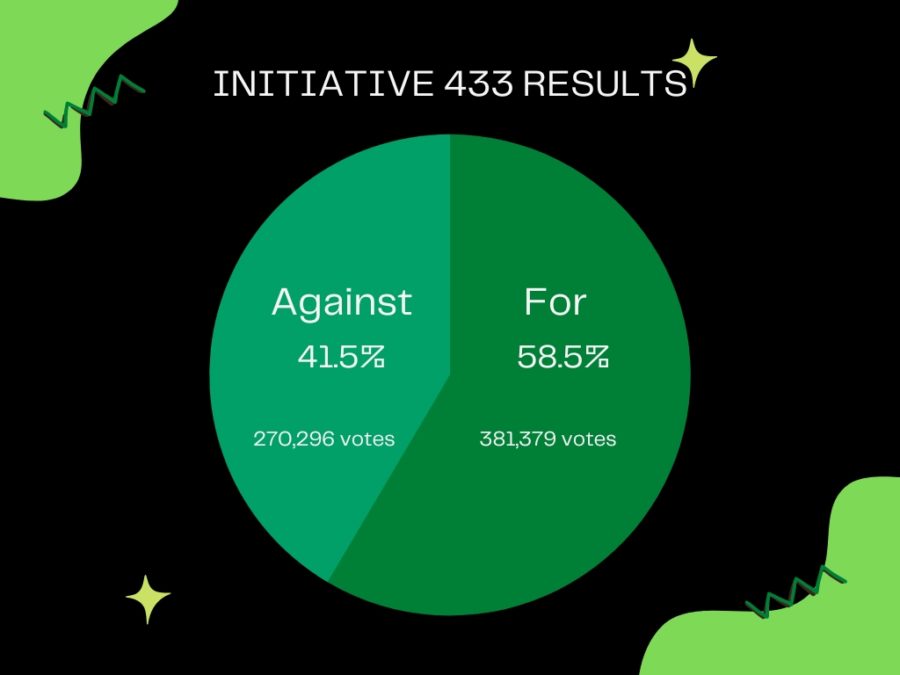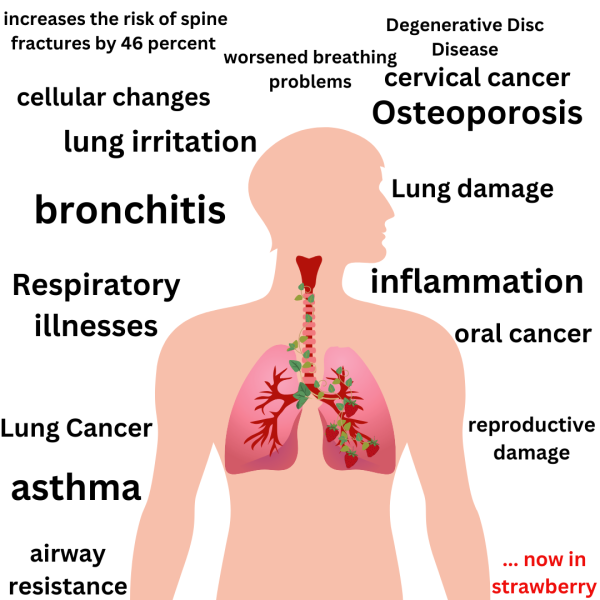Initiative Measure 433 raises minimum wage for Nebraskans
December 16, 2022
Nebraska’s Initiative Measure 433 was passed on November 8 during the midterm election with the intent that by 2026 the minimum wage would be $15 per hour. Nebraskans who voted for the measure passed it by 17 percent compared to those who voted against it. In total 651,675 Nebraskans voted to settle initiative 433. A total of 270,296 people voted against the act leaving 381,379 people in favor of the initiative, meaning it was 41.5% against and 58.5% in favor of the bill.
Nebraska’s current minimum wage sits at $9 per hour, leaving full-time workers earning less than $19,000 a year, which is not a livable wage.
Initiative Measure 433 is just the first step to getting full-time working people out
of poverty. However, it will not solve the economy or poverty problem present within the entire United States.
The average rent for a single-bedroom apartment in Nebraska runs for $1,009 per month. When other bills and costs are factored in, a livable wage within the state is dependent on whether a person lives alone and how many individuals are in need
of support. One adult living alone needs to make a minimum of $28,504 after taxes. Two adults living together who both work need to make a minimum of $44,344 together after taxes.
Adding children into the equation continues to add expenses. A single working adult with one child needs to make a minimum of $56,141 after taxes. Two working adults with one child need to make a minimum of $61,985 together before taxes.
When more children get added to the household
a minimum of $10,000 more per year is needed per child according to the Living Wage Calculator for Nebraska.
“The situation is not unique to Nebraska, and it is not surprising that the issue is resonating in other places around the country,” said Becky Gould, Executive Director of Nonprofit at Nebraska Appleseed.
Nevada and the District of Columbia also passed similar acts during the midterm election to ultimately push the minimum wage to $15 per hour by 2026. In 2023 Nebraska’s minimum wage will raise from $9 to 10.50 per hour. In 2024 it will rise from $10.50 to $12 per hour. In 2025 it will rise from $12 to $13.50 per hour. Finally, in 2026 it will rise to $15 per hour. After 2026 further action will be taken depending on the annual consumer price index (CPI), according to CBNC.
Maine, Montana and Ohio currently adjust their minimum wage yearly based on the CPI. Regarding their minimum wage, Vermont is a special case. Instead of waiting for an act or plan to be passed or using only the CPI they consider where the CPI could fall. The states use the CPI or 5%, whichever is smaller, to determine wage raises.
Nebraska’s most populated counties demonstrated the biggest separation between for and against the initiative.
Douglas County voted 68 percent, Sarpy voted 61 percent, and Lancaster voted 65 percent allin favor of 433 getting passed and put into action. Although the popular and more urban counties were definite pushes forward for 433, other communities within Nebraska expressed similar thoughts.
“Our experience talking to Nebraskans from rural and urban communities all across the state throughout this campaign was that the current $9 minimum wage was simply not enough for anyone to make it,” said Gould.
Nebraska’s Initiative Measure 433 was endorsed by an increasing number of Nebraska businesses and leaders with the intent that more money for workers is equivalent to more money for local small businesses. After monthly fees and bills are paid, people will have more money left
over to go toward local businesses and funds. The initiative measure should help both smaller businesses and hard- working people who deserve more.
“Raising the minimum wage will give dignity to hard work, help reduce poverty, close the racial and gender pay gaps and fuel our local economy,” said Gould.
While many believe the rise of the minimum wage will only benefit those in need, there are other factors that are often overlooked. Paying people more all around is bound to affect the cost of living, which in turn deflects the rise of minimum wage in the first place according to Detroits PremierBusiness Journal.
Less jobs will be available to make up for paying the currently employed people which gets into the topic of unemployment. America will experience either higher unemployment rates or people who are more comfortable paying their bills.
“An increase in the minimum wage is nota cure for poverty,” said Todd Palmer the author of The Downsides of Increasing Minimum Wage.
Full time working people should be rewarded enough to
live comfortably, but too much of a drastic change can ultimately impact people in ways they were not expecting. Initiative Measure 433’s slow but effective minimum wage rise from 2023- 2026 should help those
in need of assistance, but not result in a pointless turn of events. The rise in minimum wage would not make sense if the cost of living goes up at the same rate.










